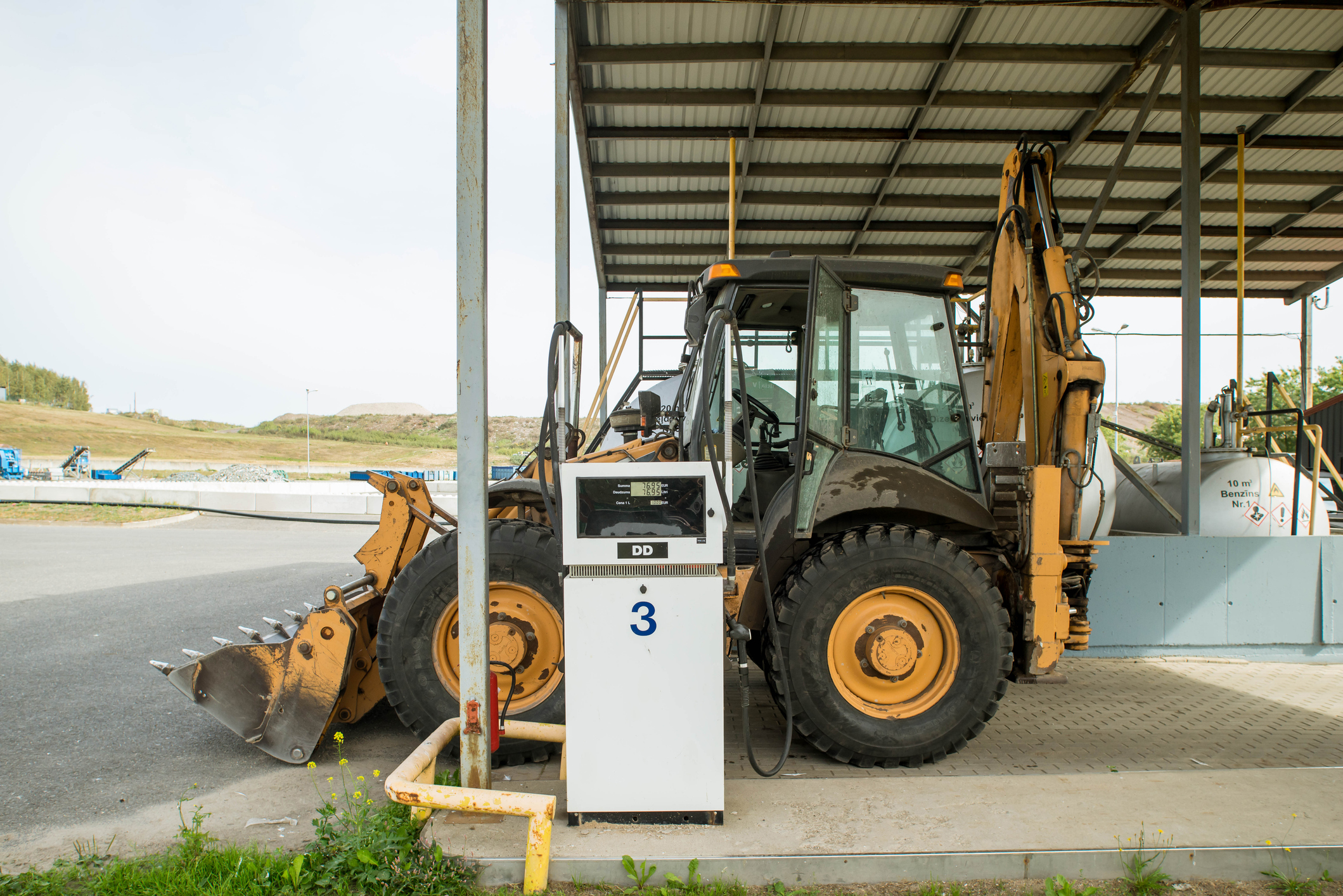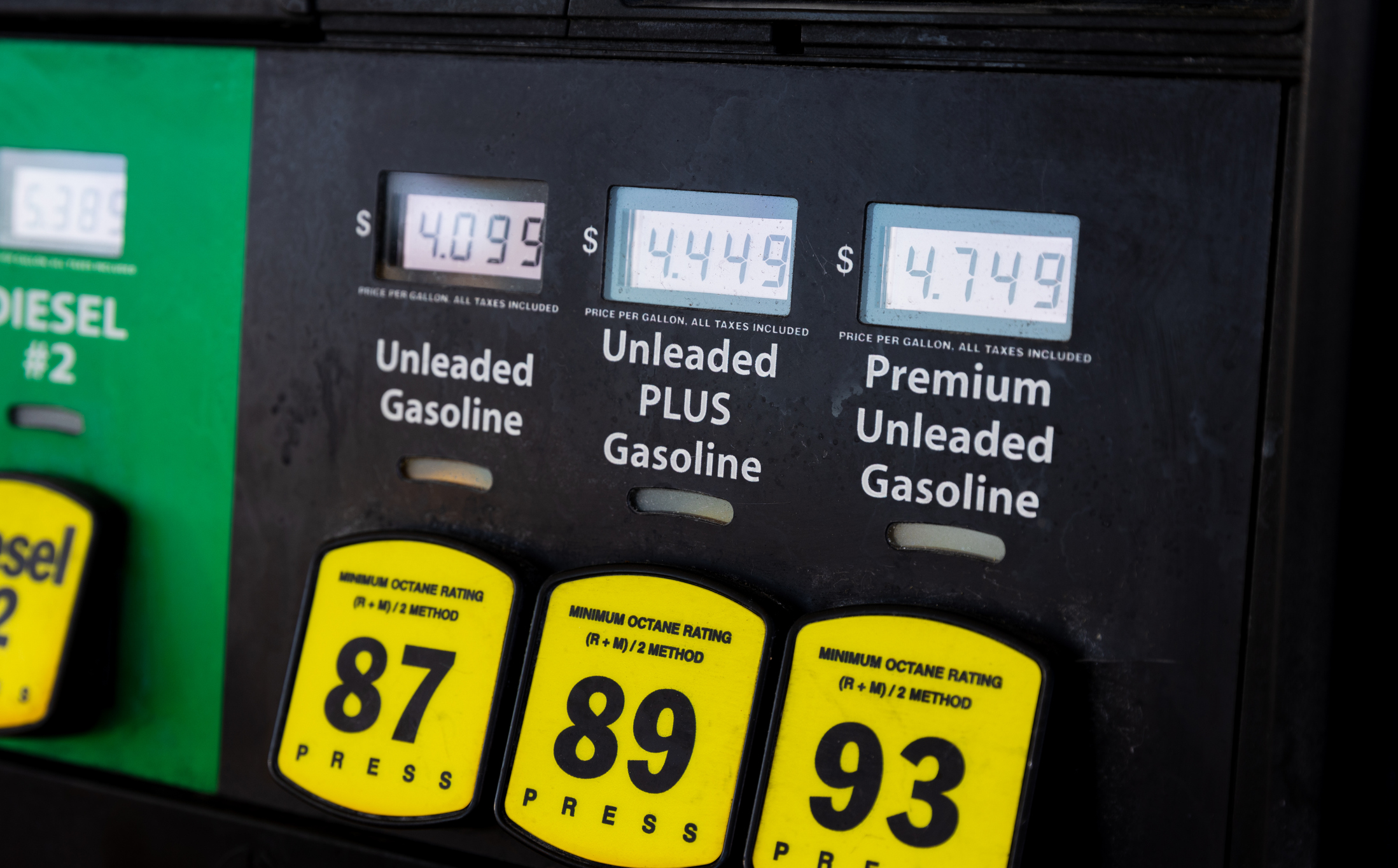Yesterday, I noted that whatever you think of the name “Climate Pledge Arena” for Seattle’s new NHL arena, it was another example of businesses acting while politicians make promises but fail to deliver.
Arena owners also promise to create the “greenest ice in the NHL.” Here, the claims are much more dubious.
For example, the building’s owners say it will use using rainwater from the roof of the arena to make the ice for the hockey rink. Rainwater collected in cisterns will be used instead of water delivered by Seattle Public Utilities, which uses water from the Cedar and Tolt River watersheds. That water comes from rainwater and snowmelt.
So, instead of rainwater that falls 20 miles east of Seattle, they will be using rainwater that falls in Seattle. Environmentally, there is no difference between the two.
Ironically, the arena will still have to purchase water from Seattle Public Utilities because rainwater cannot be used for human consumption. The “water bottle filling stations” they highlight, for example, will be supplied by water from Seattle Public Utilities.
The arena owners might argue that collecting water is cheaper. In my experience, this is not correct. Cisterns are pretty expensive, and water is pretty cheap. But, cheaper or not, using rainwater collected on site is not more environmentally friendly than using rainwater from the Cedar River. It is no more green than ice made using water from the utility.
 The other elements of the plan are more straightforward. Efficient showers are pretty standard, although we will see how much the players appreciate them. Stormwater retention helps reduce the amount of pollutants that run off into Puget Sound, lakes, and streams. Those things help the environment. Whether the amount they are spending could be put to better environmental use elsewhere is a different, but important, question. At least, however, they are environmentally positive.
The other elements of the plan are more straightforward. Efficient showers are pretty standard, although we will see how much the players appreciate them. Stormwater retention helps reduce the amount of pollutants that run off into Puget Sound, lakes, and streams. Those things help the environment. Whether the amount they are spending could be put to better environmental use elsewhere is a different, but important, question. At least, however, they are environmentally positive.
The Climate Pledge Arena can be a good example of how businesses deliver environmental results while politicians make big promises but fail frequently. With their “greenest ice” claim, however, it is an illustration of a common, but unfortunate, trend in environmental discussions – public image eclipsing science.
Having made a public commitment to the “greenest ice,” I do not expect arena owners to change their approach. This can be a problem with big, public projects. If they fail or the science changes, politicians and others are hesitant to admit they were wrong and face public embarrassment. Empowering people to make private efforts, especially using conservation technology, avoids this problem. If I’m not saving money by conserving water or electricity, I am more likely to change strategies without the fear of being shamed publicly for being wrong. I can simply respond to personal incentives and change my approach.
We often hear the mantra that we should “follow the science” when it comes to addressing environmental problems. That is too simplistic, and there are many other important factors, including economics, risk tolerance, and personal values. But, without a commitment to basic facts, it is unlikely that we will be successful at addressing those environmental challenges.






